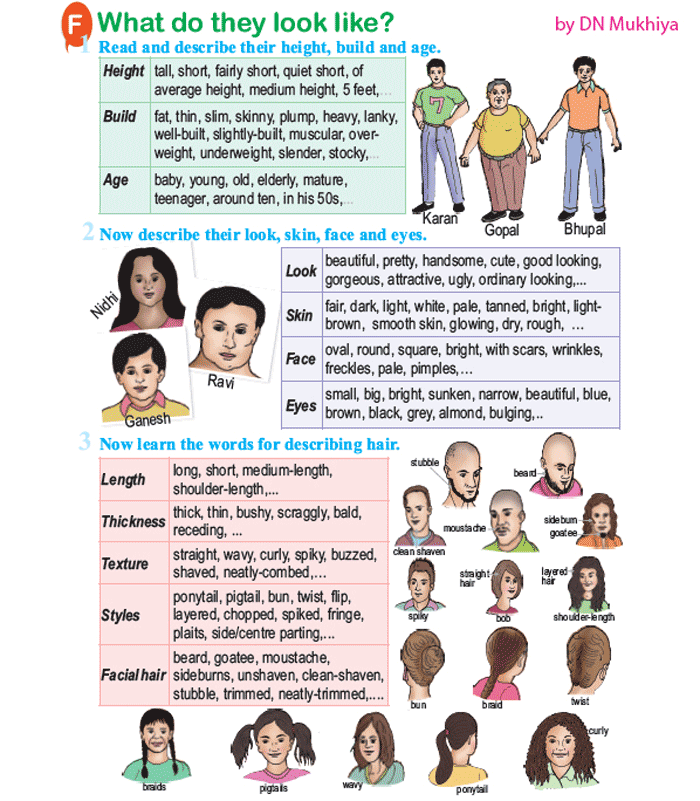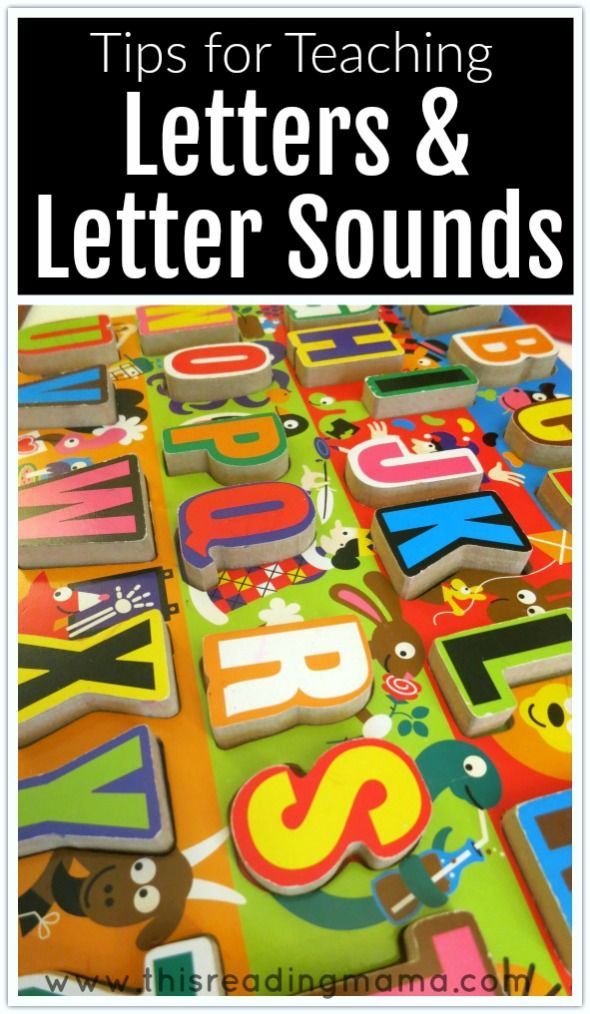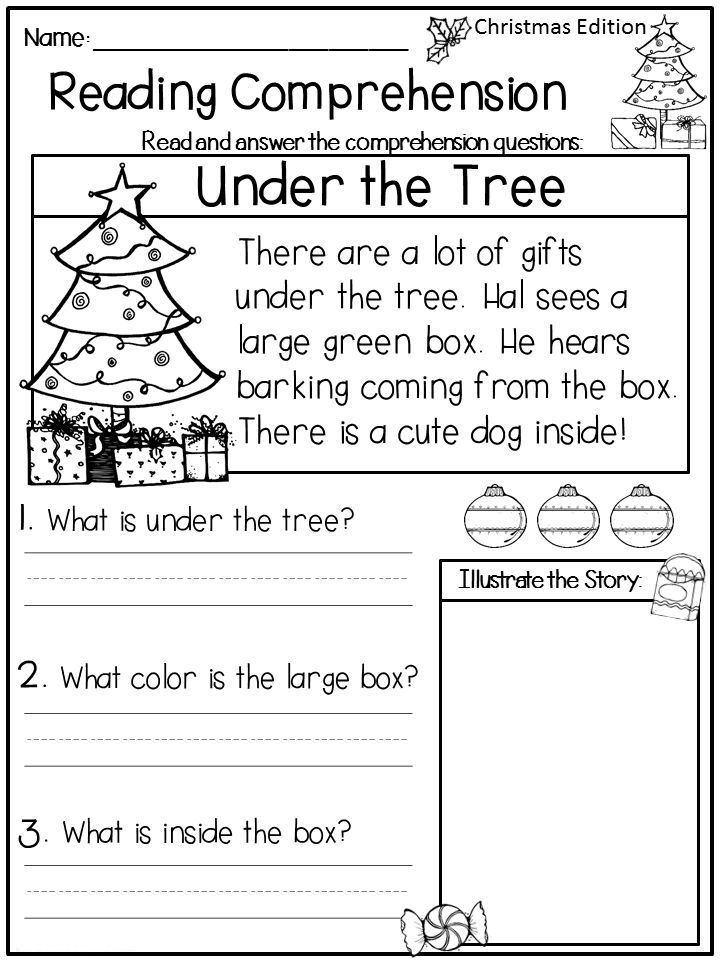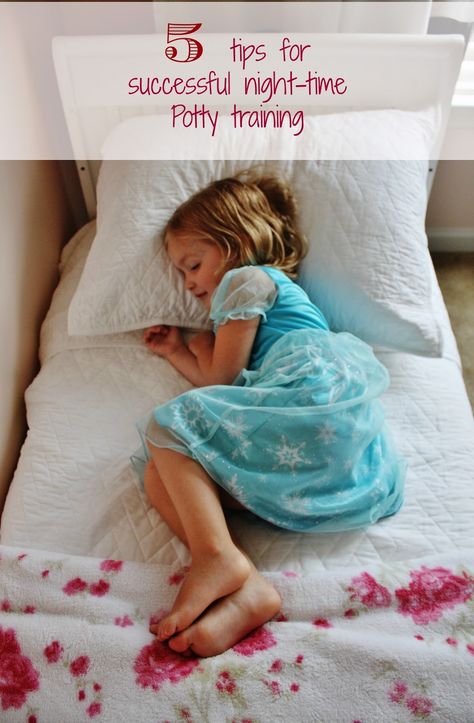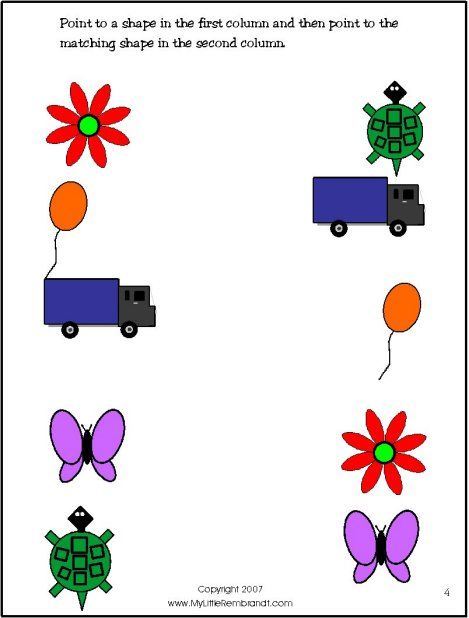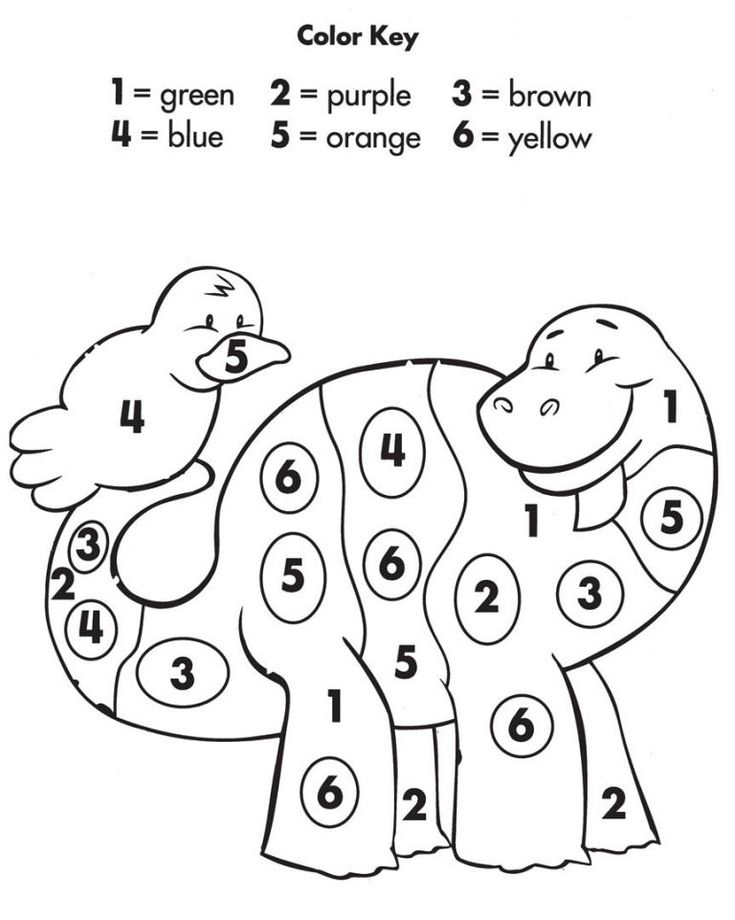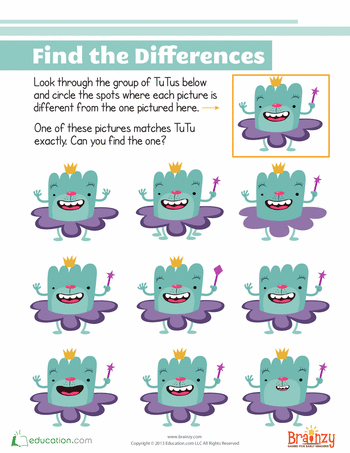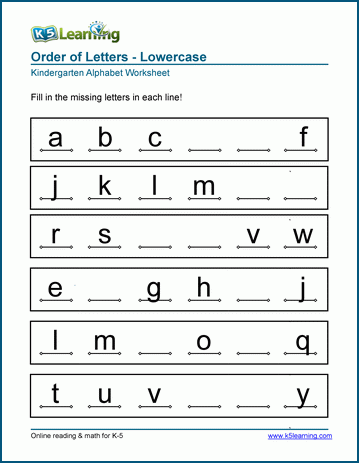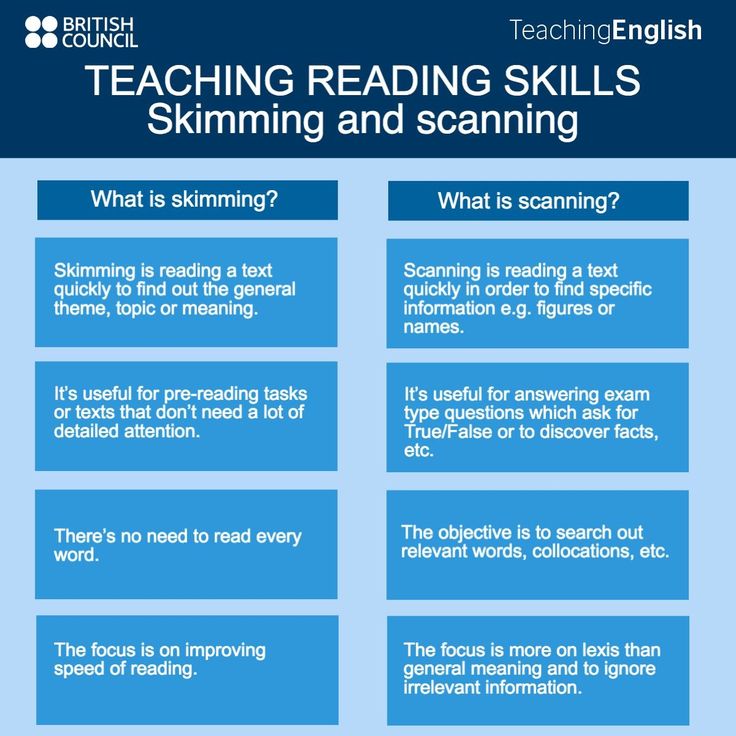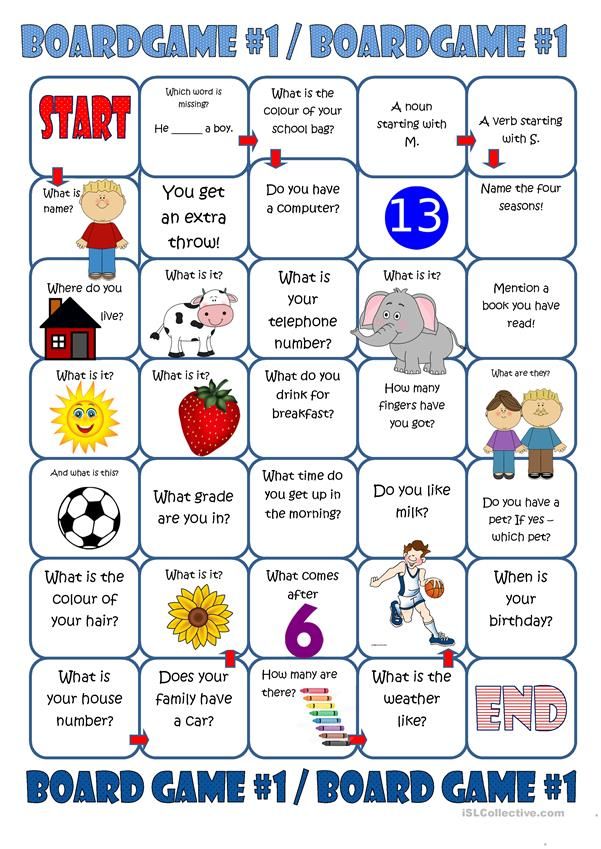What age do children learn colours
When Do Toddlers Learn Color? Questions Answered
Here’s a fun fact: Toddlers learn best during fun and play! Teaching colors can also be fun and interactive. Toddlers are naturally attracted to bright colors and teaching them how to recognize these colors can be effortless. This article will serve as an easy guide on how you can help your little ones learn and identify basic colors and shapes.
Image from Piqsels
When Do Toddlers Learn Colors
According to the American Optometric Association, an infant’s vision can significantly improve during the first few months after birth. Babies can already see shades of black, white, and gray while color vision will start to develop at around 4 months.
Depth perception will start developing after 5 months where your baby can see more clearly and follow movements with their eyes.
At 2 years of age, your child’s in-depth perception and eye-hand coordination should already be well developed. Children at this age are always on the move. Their curious little minds make them highly interested in looking around and exploring their environment. This is one of the best times to let them start learning colors and basic shapes.
Issues Toddlers Encounter When Learning Colors
Some children identify colors faster than others and some can identify only one or two. The rate of how fast kids learn multiple colors varies on their developmental stage. Frequent exposures through fun activities and color games can help strengthen your child’s color recognition skills.
Though learning colors may not be bright and sunny at all times. Parents encounter a lot of issues that hinder their child’s ability to tell color differences. For example, by presenting the same objects for color reference the child would likely associate those objects with their color name. For a child to be able to develop the ability to discern colors from the same object will take time and patience.
Developmental Issues in Learning Colors
Most children get confused with the different color shades at first, that is normal, you can’t expect every child to get it right the first time.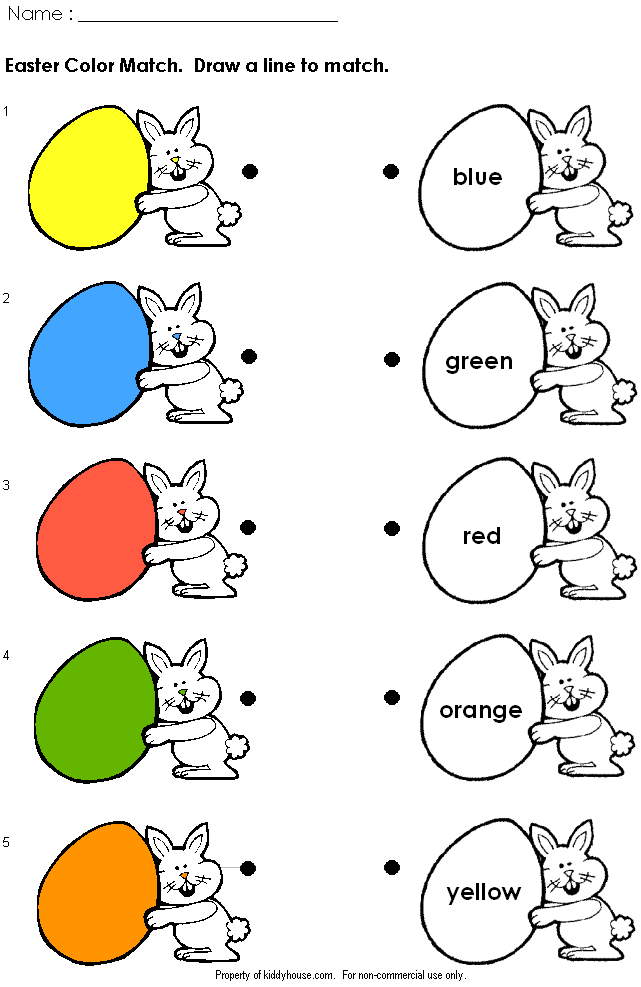
But in cases like, when your child is having difficulty verbally communicating the color names even if they know it or having trouble recognizing the green ball from the red one, aside from other colors, then they might be experiencing some developmental issues.
There are a lot of developmental concerns that can delay a child’s pattern of development. Color blindness, for one, can prevent the child from learning certain colors. Autism is another factor that can cause a developmental delay in learning shapes and color
Different Facets of Learning Shapes and Colors
For your little ones to be able to grasp the basic concept of color and recognize a shape is a developmental milestone. It is an age-specific task that young children can accomplish at a certain age.
We are living in a world filled with different colors that our children can see every day. From the blue sky to the green grass and a red ball in the backyard, your kids should be able to distinguish which color is which.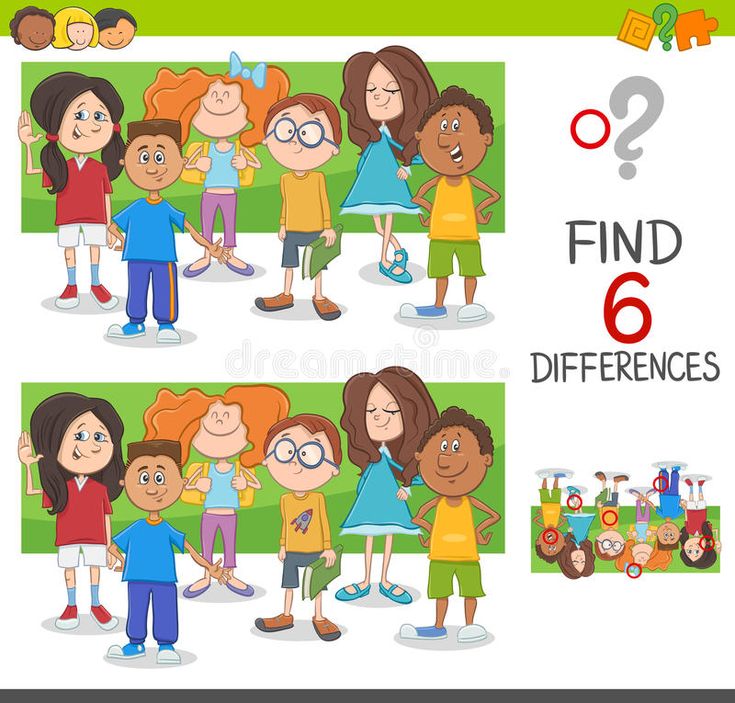
Allowing your child to be aware of the colors in their surroundings is understanding how important it is for them to understand the different aspects of learning colors.
Tips on How to Teach Colors and Basic Shapes to Toddlers
A toddler’s brain is like a sponge, they are ready to absorb everything that is going on around them. For them, the world is a big classroom. It is the perfect time for them to master foundations for future skills.
There are a lot of different ways that you can come up with creative ideas to help your child enjoy while learning. From indoor to outdoor activities to fun and games, the sky’s the limit. Here are some tips on how you can help your child learn the simplest forms of learning shapes and colors:
Related Read: How Can a Teacher Best Help My Child?
Try to Engage Them Is Simple Activities Like Painting and Color Matching
Trying to match the colors, like putting the blue block beside the blue shirt is one of the simplest ways to learn color matching.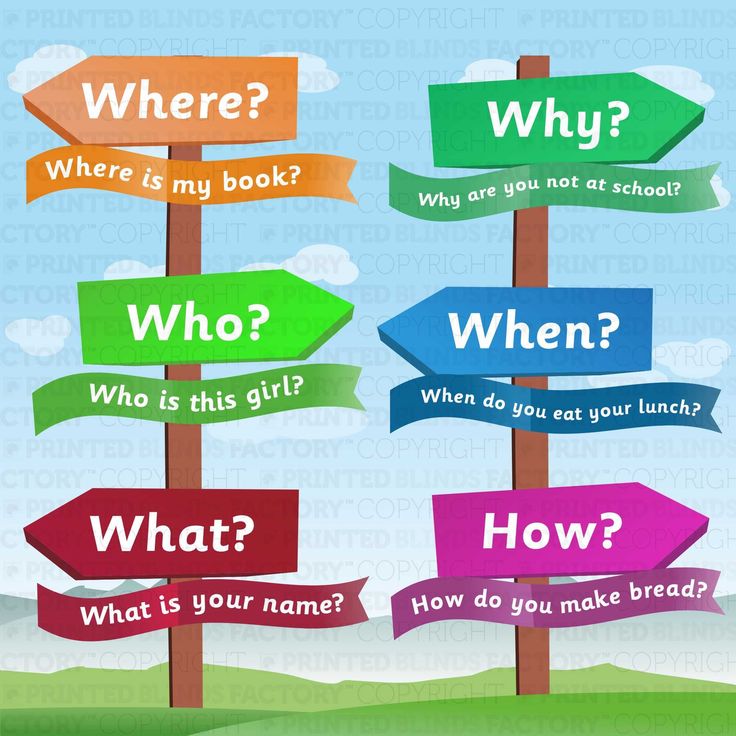 Aside from practicing their fine motor skills, it enhances their ability to recognize colors.
Aside from practicing their fine motor skills, it enhances their ability to recognize colors.
The idea of using colorful objects to help learn the primary colors is both fun and effective when dealing with toddlers.
Great Activity: 10 Cinco De Mayo Art Projects for Preschoolers to Celebrate Mexican Culture!
Painting is another creative and fun activity to help kids learn colors and shapes. Painting helps a toddler explore color mixing. It can be a little messy, but using washable paints can give your child the freedom to discover new colors on their own by mixing paints.
Image from PxHere
Same Color Games With Colorful Objects
Activities such as sorting red blocks from blue ones are also a fun way of encouraging the cognitive way of color sorting. You can also use flashcards or ask them to find objects around that house of the same color. Place down a colored paper on the table and let your child match it with the same colored block.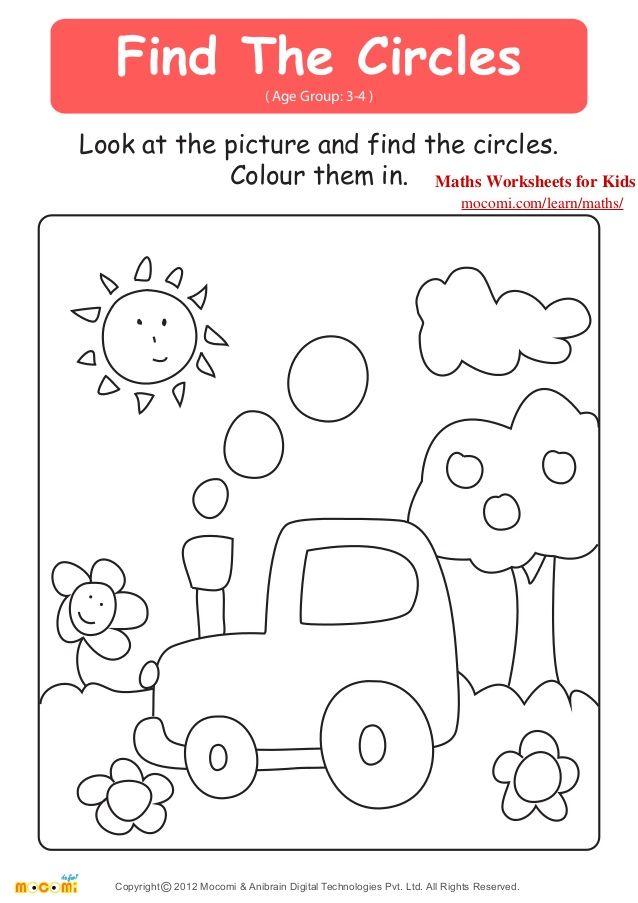
These kinds of activities can stimulate and reinforce your child’s mind to know the differences between various colors and objects they are trying to match. Color learning can also be a great way for parent and child bonding.
Learning perception is different between kids and adults. Kids mostly learn through association. Using colorful objects and associating them with different color names can be the best way to help them learn colors faster.
Engage Them With Coloring Activities
Color activities such as coloring books and color words are fun ways to keep them busy and occupied. Plus, it helps with color learning.
These types of activities can stimulate their creativity and also be an exciting way to introduce colors. Coloring materials can also foster their awareness of the different colors that they can use to color the whole image.
Allowing your child to take part in such activities can also strengthen their ability to focus, coordinate and cultivate their hidden creative talents. Letting them complete their coloring tasks can boost their self-esteem and sense of accomplishment.
Letting them complete their coloring tasks can boost their self-esteem and sense of accomplishment.
Related Read: How to Color Easter Eggs with Food Coloring & Natural Dyes
The Best Time Teach Shapes for Most Children
Most toddlers begin identifying primary colors at the age of 2 years old. But, naming shapes is a type of skill that might take a little longer to develop for some kids. Generally, at the age of 3, many children can already identify some of the more advanced shapes.
Common shapes such as squares, rectangles, triangles, and circles should already be recognized by toddlers aged 2 years old and above. It can be easily reinforced by pointing out objects inside the home that are shaped the same.
The Best Age for Toddlers to Learn the Alphabet
Learning the alphabet is another educational milestone that will prepare them in learning how to write and read in the future. Usually, young children should be able to recognize the alphabet at the age of three.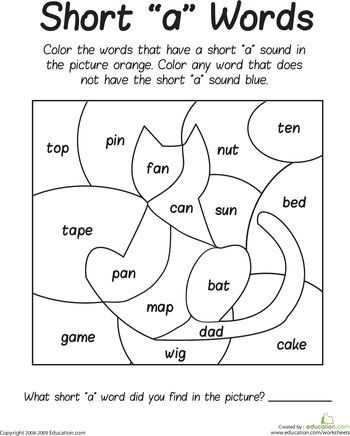
Though some will need more time to learn it, you can always help your child gain competency by teaching and encouraging them to sing the alphabet song daily. Colorful alphabet books and other visual aids can also make your child’s learning experience with letters fun and interactive.
Best Time for Toddlers to Start Learning Numbers
Introducing number recognition to toddlers is important to help them understand the concept of counting. Some children start counting from one to ten at the age of two. Though they can’t understand the concept, they can learn it through repetition.
Letting them count common objects that they can see around them is a great activity to exercise their mind. Kids learn faster if the topic interests them and using fascinating objects can keep them more engrossed with the learning activity. Though we all know that children learn and develop at different rates, learning numbers can happen in their own time.
Best Time for Toddlers to Learn Nursery Rhymes
Nursery rhymes can benefit toddlers through language and cognitive development. It is where they can learn new words, practice memorization, and easily recall. Nursery rhymes are also a great way to teach toddlers how to count and say the alphabet. But when is the best time to let your toddler memorize nursery rhymes?
It is where they can learn new words, practice memorization, and easily recall. Nursery rhymes are also a great way to teach toddlers how to count and say the alphabet. But when is the best time to let your toddler memorize nursery rhymes?
Most children who are exposed to nursery rhymes at a very young age can memorize and sing the tune at 2 years of age. By the time they are four, they can sing the tune with the lyrics. One of the best moments of being a parent is to watch your child sing along with their favorite nursery rhyme. It is both delightful and entertaining.
Best Time for Toddlers to Learn Sensory Skills
Toddlers use their sensory skills to explore the things around them. Sensory play and activities help promote a child’s sensory development. This can build up their ability to accomplish more complex tasks and support other skills such as language development, social interaction, problem-solving skills, and cognitive growth.
The best time for your toddlers to learn sensory skills is during the time when your child starts to react to different sensory experiences.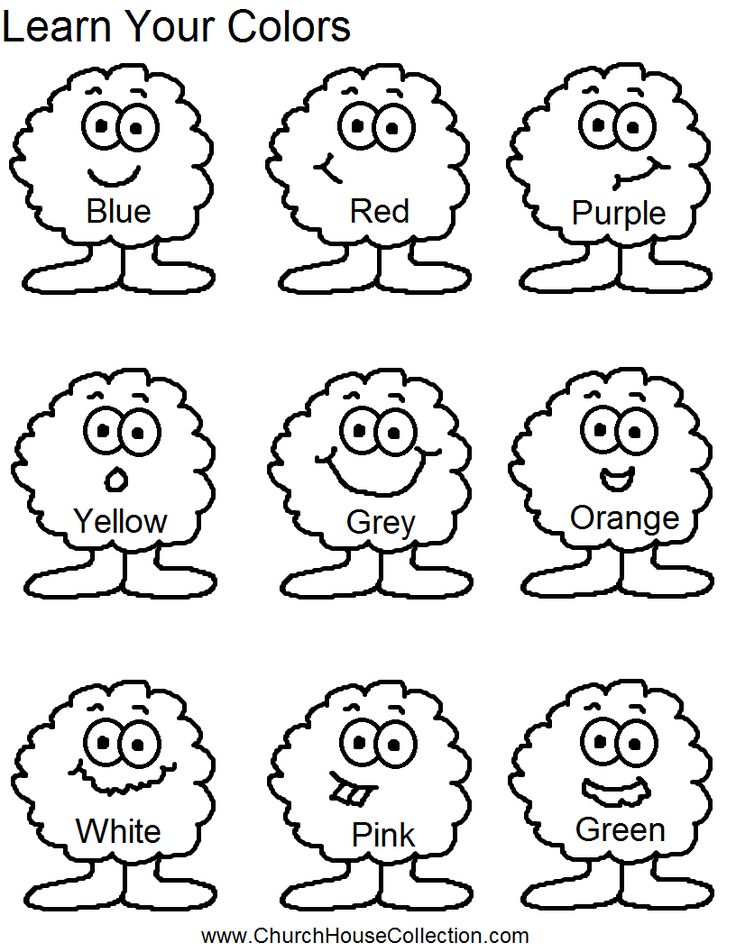 Providing your children with more opportunities to actively explore their senses is crucial for their brain development.
Providing your children with more opportunities to actively explore their senses is crucial for their brain development.
Newborns from 0-to 12 months will already start using their sensory skills as an observer. They take in new sensations such as sound, smell, taste, and texture as an active participant.
By the age of 12 months, they will start grabbing and putting things in their mouth. When they reach the toddler stage it is easier to introduce the different senses through sensory activities. At this rate, they are slowly trying to get a grip of what their senses are for.
Related Read: Are Exersaucers Bad for Babies?
Image from Flickr by Nenad Stojkovic
Frequently Asked Questions
Should a 2 Year Old Learn Colors?
A two-year-old may not be able to understand the concept of colors completely but they should be able to identify at least one color at this age. By this time, the child should learn how to name colors and identify basic shapes and numbers.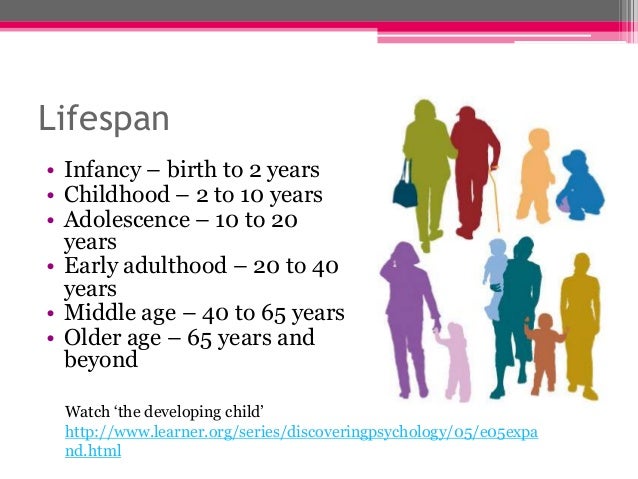 Allowing them to participate in fun activities can effectively help them learn primary and secondary colors faster.
Allowing them to participate in fun activities can effectively help them learn primary and secondary colors faster.
What Age Should Toddlers Identify Colors?
Most children can identify at least 2 colors when they are 3 years old. It is also the best time to play a matching game using the different objects that can be seen around them. There are a lot of ways that you can help your toddler learn colors more quickly. You just have to be more patient and supportive when teaching them.
Final Thoughts
You can make learning fun and stimulating for toddlers to help them accomplish their developmental milestones. Some of the kids will develop their skills sooner than others but allowing them to learn at their own pace can help them enhance their ability to accomplish more complex tasks in the future.
More on Child Development
- When Do Babies Stop Drooling | Drooling Questions Answered
- When Do Babies Hold Their Head Up? Know your baby’s Motor Development
- When do Kids Start Talking?
When Do Kids Learn Colours? °°º º°°
Key Points
- While recognising colors starts around 18 months, 3 years is the age when kids really do start to learn colors
- Learning colors is complex because they are not universally defined
- Saying “the ball is yellow” is more helpful than saying “the yellow ball” when teaching colors to kids
It’s exciting to see our little ones learning new things.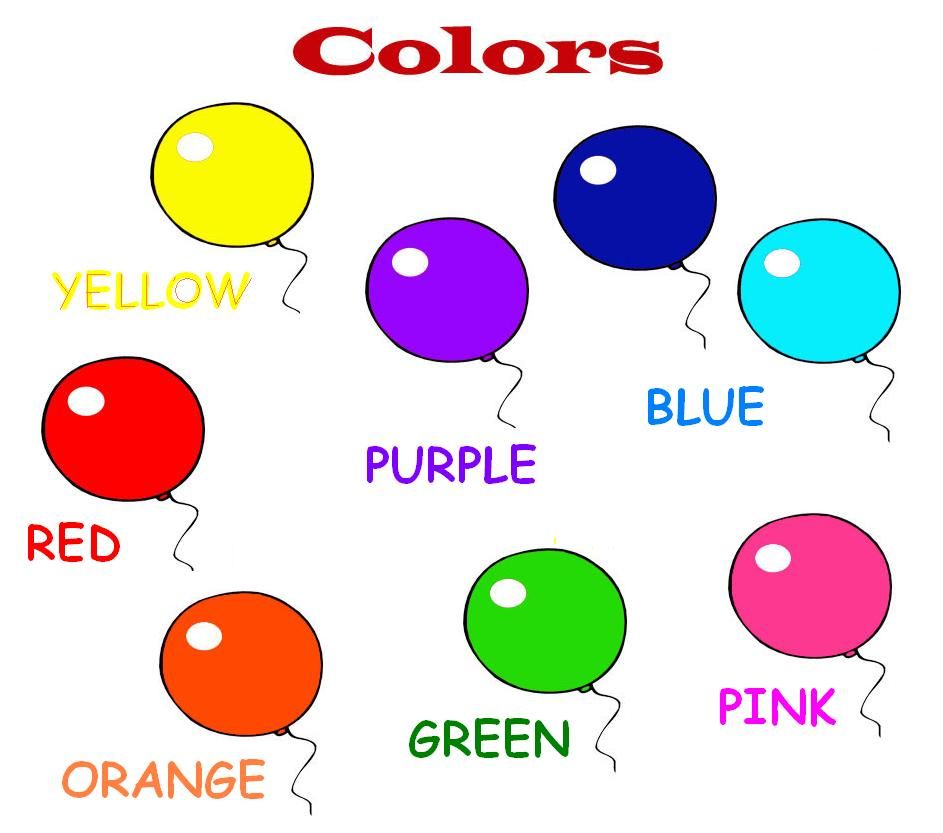 And one of the things we’re often eager for them to learn is colors. Colors might seem like they should be easy to grasp - after all, we see them everywhere in everything. But, when do kids actually learn colors?
And one of the things we’re often eager for them to learn is colors. Colors might seem like they should be easy to grasp - after all, we see them everywhere in everything. But, when do kids actually learn colors?
It’s not quite as easy as you’d think. Although kids can developmentally grasp the idea of colors as early as 18 months old, they may not be able to learn colors until 3 years of age.
What We'll Be Looking At ...
So far in this article we’ve been saying “learning colors”. That’s because being able to recognise and name colors is not an innate ability. Like many things in life, it’s a skill that needs to be developed.
At 18 months kids can developmentally grasp the idea of colors . That is they can “recognise” them. However, correctly identifying and naming colors may take much longer. In fact, for most kids, the age of 3 is when they can correctly identify a color .
Learning colors is a complex task because of the range of hues they come in, some of which seem to cross over, blurring the lines of whether you might call it green or blue.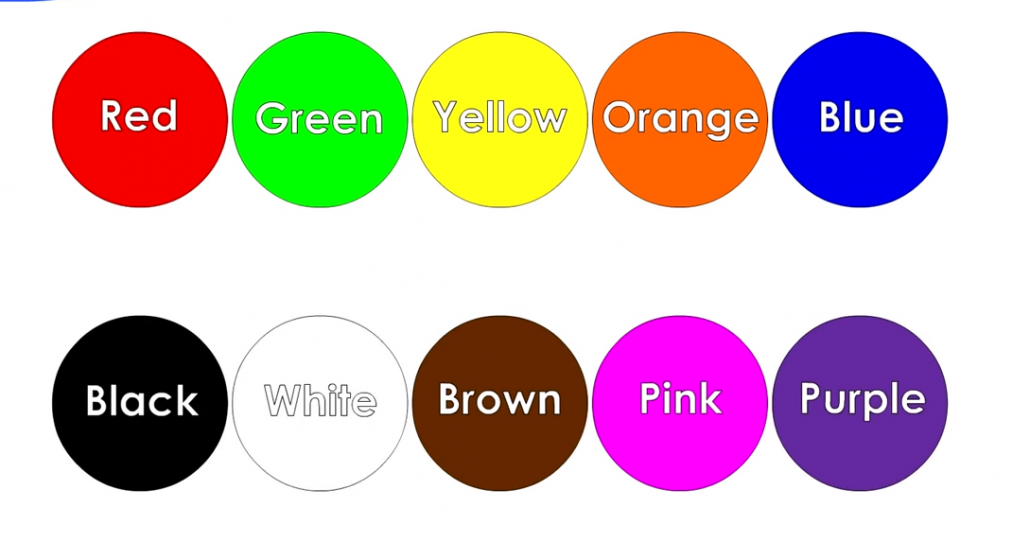
The way colors are recognised and identified is not universal. In fact, there are significant differences between cultures - with some colors not even existing by name. Instead, they are classed under the umbrella of what another culture might think is a different color entirely.
When we’re trying to teach colors to our kids, it’s easy for them to misunderstand us. Pointing out something yellow, for instance, might seem obvious to us. But there are probably hundreds of other hues around that yellow thing you’re pointing to, making it easy for your child to think you’re talking about another color.
When kids do learn colors, you’ll find their pattern recognition, sorting and classifying abilities all improve. This is because they will understand yet another attribute by which to sort objects. For example, rather than grouping all the circular objects together, they can now group all the red objects together, until they can finally group all the circular, red objects together.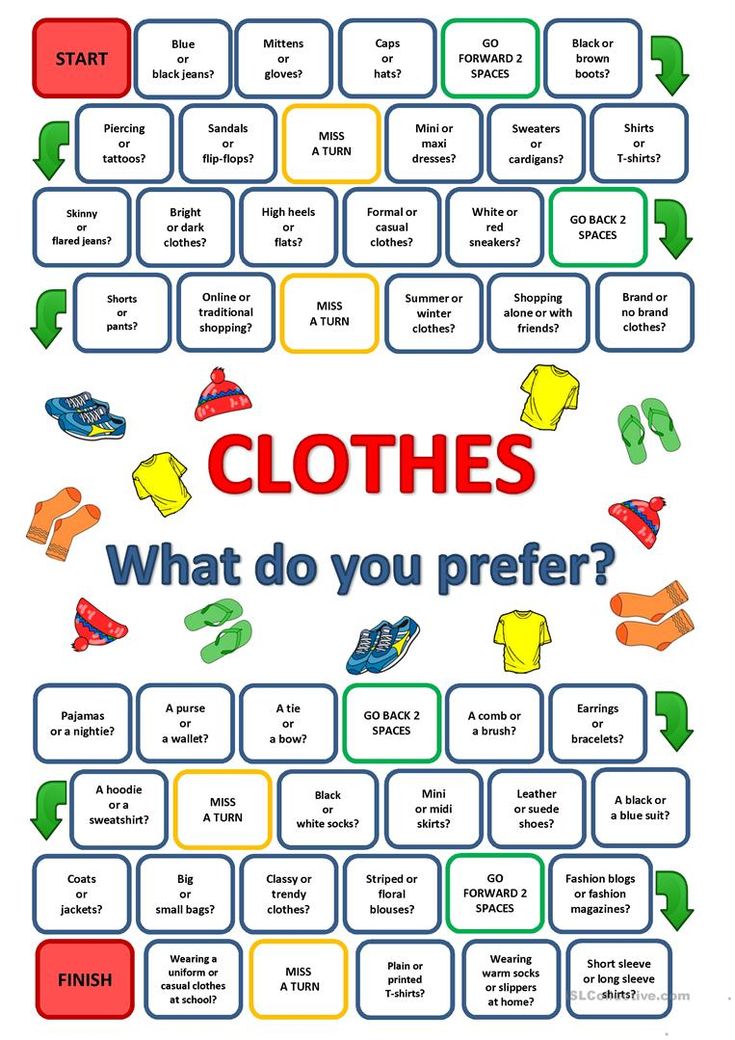
Learning colors has big-picture ramifications too - helping with health and safety. After all, red is used to indicate stop or danger, and yellow is caution, or indicates a potential physical hazard.
When it comes to kids learning colors, it’s important to understand that not all colors are created equal. What that means is, you should encourage your child to learn bright, distinct colors first . These are much easier to learn.
Take red, yellow, blue and green for instance. You’ll find these to be the most-used colors for children’s toys for good reason - they are easier to differentiate and recognise than pink, purple and orange.
Once foundational colors are learned, your child will be able to move on to learning shades and intensities .
Aside from encouraging your child to learn bright, distinct colors first, there’s an important aspect to the way you teach them, that can help make colors easier to learn.
Many people identify an object by placing the color word immediately before the noun.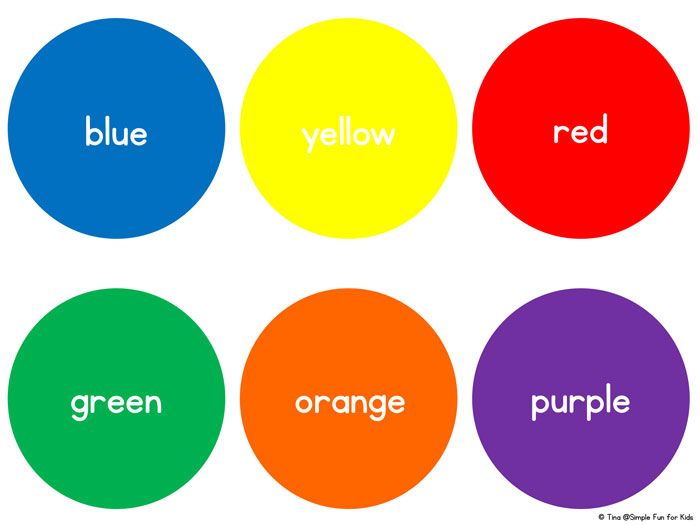 For example, they say “yellow ball”. After all, it’s the most efficient way to say it. But, this efficient way of talking doesn’t really help children learn colors.
For example, they say “yellow ball”. After all, it’s the most efficient way to say it. But, this efficient way of talking doesn’t really help children learn colors.
According to testing undertaken by a Stanford University laboratory, two-year-old children made significant improvements in identifying colors when they were given some training using post nominal sentences , like “this crayon is green”. In contrast, those who were trained using the standard prenominal sentences like “that is a red crayon”, were just as confused as ever.
So, why is this? Well, it’s understood that by saying “the ball is yellow” that yellow is an attribute of the ball . This makes it easier for kids to discern exactly what about the ball makes it yellow.
Seeing as kids are able to learn colors from around three years of age, it’s helpful to start teaching them yourself, before they attend school. So, we’ve included a few tips to help you do just that.
Teaching through everyday play is best when you want to ensure your kids do learn colors. Learning should be fun, so try not to make it a chore.
Learning should be fun, so try not to make it a chore.
It might be easiest to concentrate on just one color at a time, and you can choose a new color to focus on each week. That means there will be a lot of repetition, but you’ll also be able to provide the opportunity to learn each color in a variety of contexts - these are valuable principles for learning anything, not just colors.
And don’t think learning means you are stuck indoors. Try talking your child on a walk and pointing out all of the things you can see in that week’s color. Soon, they’ll be pointing them out too!
Once your child has learned a few colors, you’ll be able to continue to cement their knowledge by playing matching games with colors.
Color-blindess is the inability to distinguish between red, blue, yellow and green colors. It’s more common than some people realise.
Red-green is the most common deficiency (being unable to distinguish between these colors). “It occurs in about eight per cent of males and only about 0.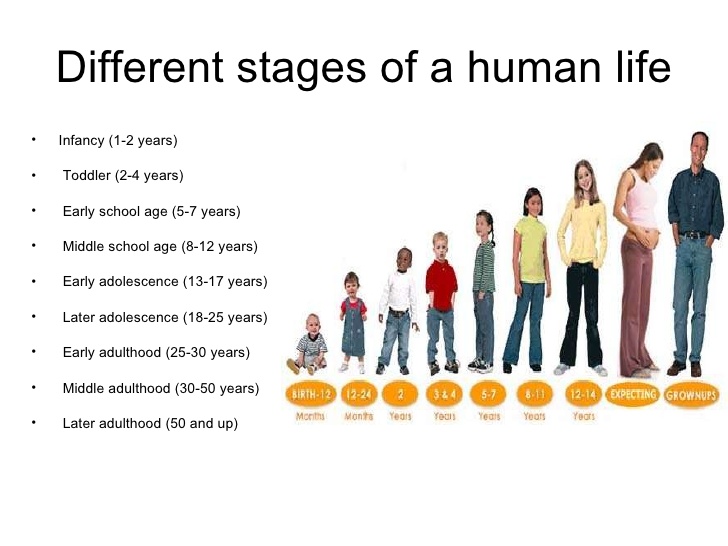 4 percent of females.” There is also a rarer deficiency: blue-yellow.
4 percent of females.” There is also a rarer deficiency: blue-yellow.
Color-blindness is most often a genetic condition .
Many parents don’t realise that 3 is the age when kids do start to learn colors, so that means it's easy to jump to the conclusion that your child is color-blind. However, if they aren’t capable of learning colors yet, then it’s usually too early to tell if they are color-blind or not.
It may not be until a child starts attending school that it is clear they are color-blind. If you are concerned about your child, opthamologists and optometrists can test for it, as well as some school health services.
Learning colors: how to teach a child to distinguish colors and shades
It is generally accepted that by the age of three a child should learn to distinguish between primary colors. This skill is an important part of sensory development, it gives the child the opportunity to see the world in a new way. Often, if the baby does not know or confuse colors, parents have concerns about the pace of development of the child.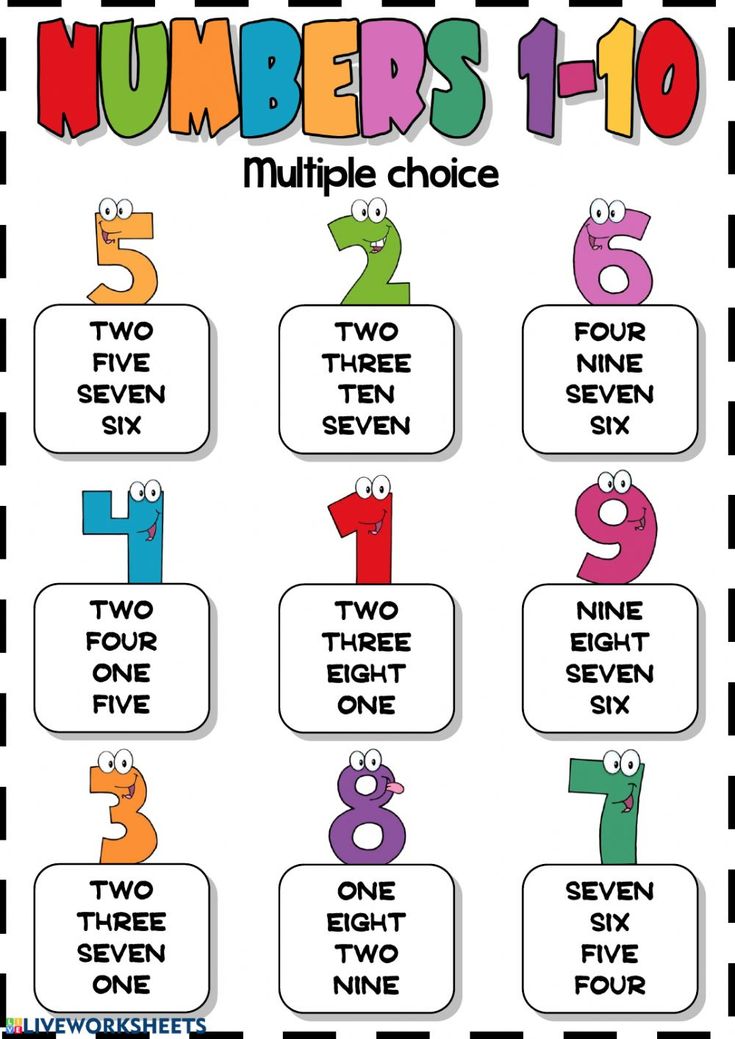 Do I need to worry if the study of colors is not easy for a child? How to teach a child to distinguish colors? You will find answers to these questions in our article. nine0003
Do I need to worry if the study of colors is not easy for a child? How to teach a child to distinguish colors? You will find answers to these questions in our article. nine0003
At what age does a child begin to see colors?
Studies have shown that children begin to perceive colors by 2-3 months. The first colors a child sees are yellow, orange, red, green. At this age, babies can already react differently to their toys of different colors (for example, a red rattle can please a child more than a blue one), look at bright pictures with enthusiasm. The baby's world quickly acquires colors, but if we talk about the ability to consciously find an object of the right color, then usually it appears in children at the age of one and a half. It is at this age that it is optimal to start learning colors in a playful way. You can voice the names of flowers to a child for up to a year, this will only benefit him. But do not demand too much from the baby, remember that his brain is actively developing, and as soon as the time comes, you will certainly see the results. nine0003
nine0003
To see if your child is ready to learn colors by playing with building blocks, ask your child to point to a part that is the same color as yours. If the baby can find objects of the same color, then he is quite ready to memorize the names of colors.
Learning colors in everyday life
Children get most of their knowledge about the world in everyday life: communicating with adults and peers, observing nature, playing. The study of flowers is no exception. Sometimes a child does not need to do special exercises to learn to recognize colors. For this, it is enough that he hears the name of the color and associates it with a specific thing. During daily activities, voice for the child what color the objects are around. Whether you are drawing, playing with blocks, looking at cars in the yard, reading, swimming, eating, dressing - in each of these situations, you can gently teach your child to distinguish colors.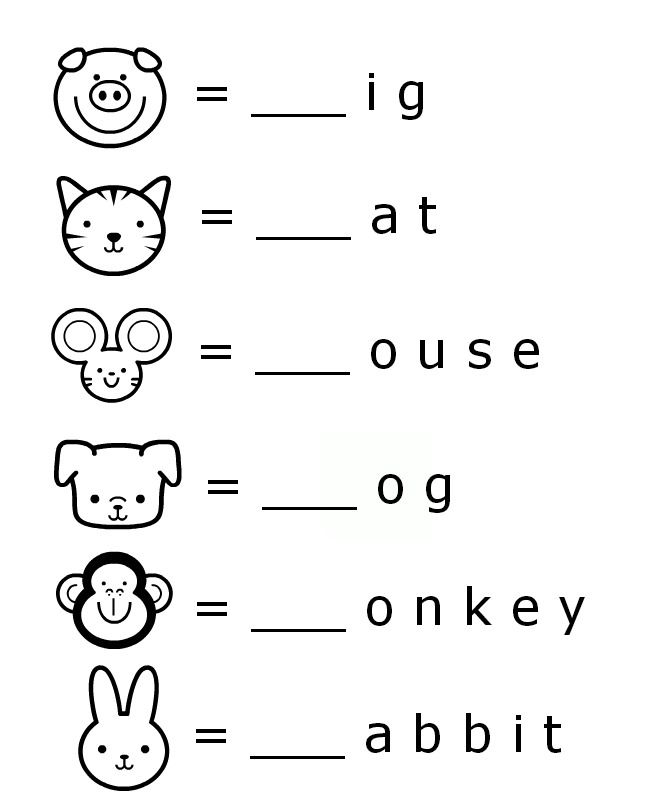 nine0003
nine0003
It is important that the study of colors does not turn into torture. You should not constantly test the child's knowledge by asking him which color is which. Soon the baby may just start to ignore you. “Let's paint the sun yellow!”, “What a delicious green cucumber!”, “Oh, where did the blue cube go? Here it is!" are examples of how you can gently help your child remember colors.
Games for learning colors and their shades
In order to get your baby interested in learning colors or to reinforce the knowledge they already have, you can offer your child to play special “color” games. nine0003
Color Sorting
Sorting games are designed to help children learn to group objects by color. Any materials at hand can be items for sorting: toys, covers, designer parts, cubes, buttons, cereals, pencils, etc. You can organize the game in various ways:
You can come up with as many options for sorting by color, it all depends on your imagination.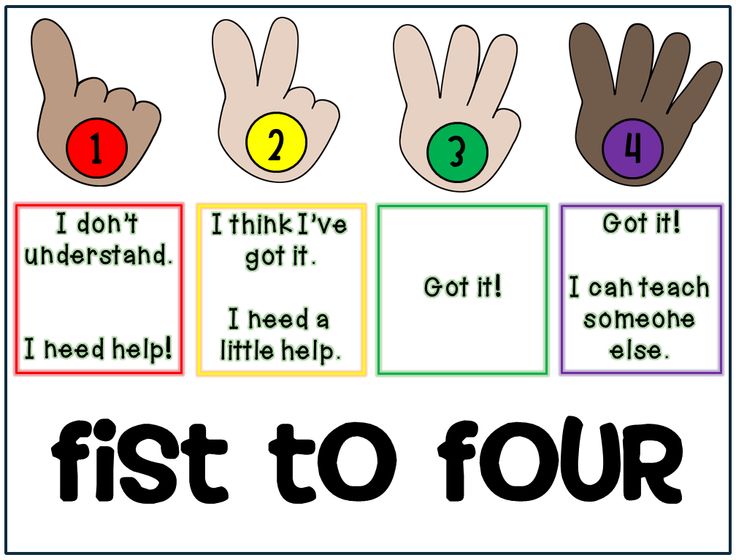 So that the child does not lose interest in the task, connect the plot of the game with his favorite characters, toys (for example, a cat will eat from a yellow bowl, and a baby elephant from a red one, etc.). nine0003
So that the child does not lose interest in the task, connect the plot of the game with his favorite characters, toys (for example, a cat will eat from a yellow bowl, and a baby elephant from a red one, etc.). nine0003
Match a Pair
Help your child learn colors with the Match a Pair series. Ask your child to find a petal for a bug, a pot for a flower, a roof for a house, etc. You can present the baby with a deliberately wrong option and ask to correct the mistakes.
Pick up a patch
Show the child the picture with the missing details. Ask him to fill in the gaps (this can be done with plasticine, pom-poms, caps, cards, etc.). nine0003
Color Lotto
At the age of about one year, children begin to be interested in various lottos. In the color lotto, the task is to collect pictures of the same color on the card.
Colored Sensory Boxes
Create a sensory box for your baby where everything is the same color.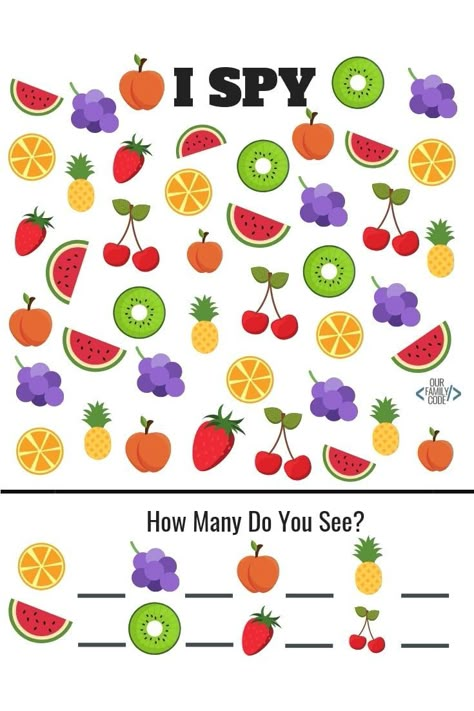 During the game, the child will be able not only to remember the color that he sees, but also to develop fine motor skills, tactile sensitivity, thinking, and imagination. nine0003
During the game, the child will be able not only to remember the color that he sees, but also to develop fine motor skills, tactile sensitivity, thinking, and imagination. nine0003
Color days
This is one of the most interesting and popular ways to teach your child to distinguish colors. Its essence is that during the day (or several days) you draw the child's attention to objects of a certain color. For example, on a yellow day, you can dress in yellow clothes, play with yellow toys, draw a yellow chicken. Surrounded by one color, the baby will easily remember it.
Cards for learning colors
You can learn colors with your child using cards. With the help of Doman's "Colors" cards, you can introduce your baby not only to the main colors, but also to different shades. It is important not to overload the child with unnecessary information about the names of 10 shades of green or red. Learn only those shades whose names you can use in the game and life. nine0003
nine0003
Board games for learning colors
Board games are a great way to learn about colors and consolidate knowledge about them. Currently, the stores offer a wide range of similar games for every taste and budget. Choose a game that suits your child.
Educational cartoons
There are many educational cartoons on the Internet that will help your child memorize colors quickly. Here is one of them:
Educational books
If your little one loves to listen to stories and look at pictures, this is the way for you. We all remember the wonderful story of V.G. Suteev "Rooster and paints", by S.Ya. Marshak has a whole “Colorful book”. You can also find many educational books that will become your faithful assistants.
Conclusions
We have listed for you different color learning games. In order for a child to master the concept of color well, it is worth adhering to a number of principles: do not rush the baby, provide a variety of material for games, discuss what you see.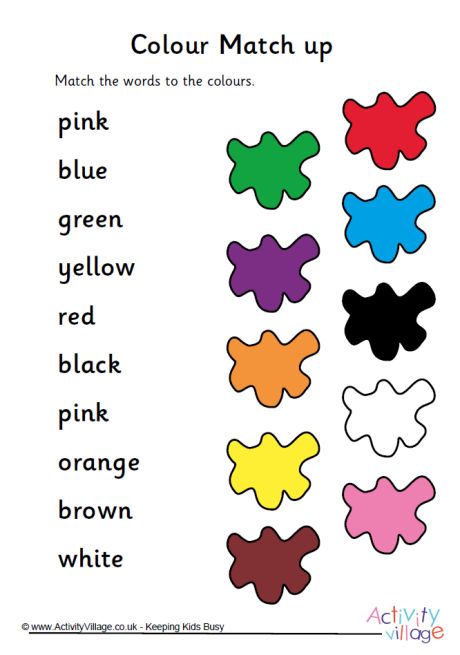 nine0003
nine0003
Conclusion
You can start studying colors from an early age, the main thing is that it is interesting for the child. It is impossible to specify clear age limits when a child should learn primary colors. This process, like all development, is individual for each baby. The Sozvezdie Development Center has created a Montessori environment for kids, aimed at the comprehensive development of the child. In the classes "Together with Mom" children in a playful way get acquainted with the concepts of color, shape and size, do thematic creative work. You can learn from our teachers how to interest a child in an activity and how to properly present him with cognitive information. Develop with us! nine0003
Prepared by a Montessori teacher
Sokolova Oksana
age norms for the development of intellect and features of learning
All parents are concerned about the age-old question: at what age should a child know colors? How to teach him to distinguish between them? What needs to be done in order for your child to learn to distinguish green from red? This and other useful information is in this article.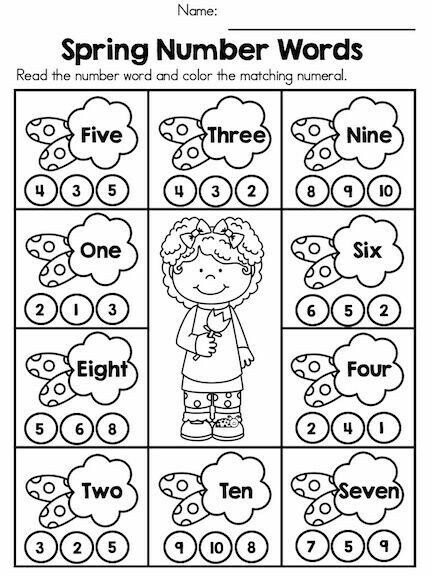
When a child can learn to distinguish one color from another
So, at what age do children know colors? Children can distinguish colors from the first year of life, but the problem is that the names can only be pronounced when they learn to speak. As a rule, children begin to speak only from two years after birth. So, what time should a child know colors? He names the basic colors as early as 2 years old, and some children may confuse them even at the beginning of school age. It's like understanding time by the clock (someone learned earlier, and some later).
When asked at what age a child should know colors, psychologists say that it is best to teach a child to recognize shades at the age of 2 to 5 years. As a rule, full color perception in children is formed before the age of seven.
At what age should a child know colors? Teachers recommend starting to study colors after a year from the moment of birth, although he will begin to pronounce them rather at 2 years old (since, on average, children do not speak until 2 years old).
 nine0003
nine0003 How parents teach their child to recognize colors
Parents try different ways to teach their child to recognize colors. But they don't always get it. There is no universal advice. Each parent chooses for himself which method will be most effective. You can buy literature that describes colors, or multi-colored cubes, or show colors in everyday life.
Color Teaching Techniques
Make sure your child is ready to take in new information at the moment before starting the exercise. Offer your child a fun color sorting activity. The child will be fascinated by them for several hours, and at this time you will have time to go shopping. nine0003
Two or three colors will suffice for effective learning. Once your child is able to distinguish them clearly, you can add 1 new color each week. According to the scenario, the child must put the details of the same color in a separate container. You should try to have only green in one box and only red in the other, etc.
Establish a rule that items can be taken for sorting with tweezers or a spoon. If the child has successfully coped with the sorting of flowers, then you can already start learning. nine0003
Three-step lesson
In front of the child, parents lay out three identical objects, but in different colors. Here the child must determine what color each object has. To do this, the child is asked the question:
- They offer to name the shade on a particular object.
- Ask the adult to name each color in turn.
- Ask to name the tone of each item.
If a child makes a mistake, don't panic. At the same time, the baby cannot be corrected, but you just need to return to the previous stage and so on until the correct answer. nine0003
List of games for learning colors
There are 7 main types of games aimed at learning colors:
- bright boxes;
- pyramid;
- constructor;
- cards;
- mosaic;
- miracle butterflies;
- magic rainbow.
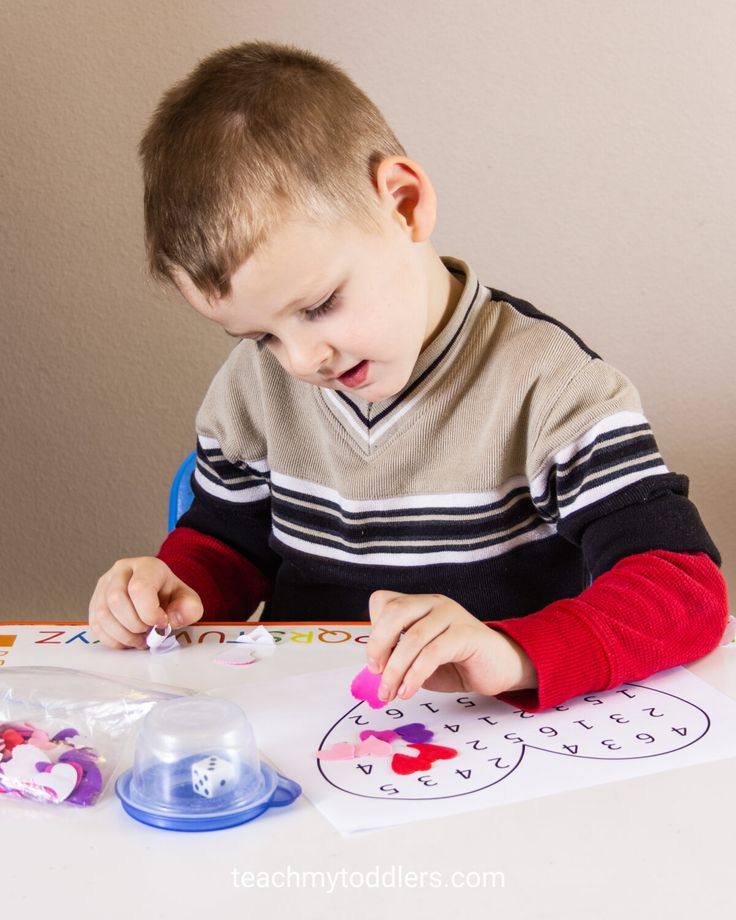
Identifying colors using toys
By purchasing colorful toys for your child, parents can be sure that they will remember colors faster, as opposed to memorization. It is desirable that each tone be signed. Mosaic, pyramid and constructor are excellent helpers in this matter. Other types of entertaining toys will also help make friends with the color palette. Among them may be:
- colorful buttons;
- pencils;
- coloring pages;
- pool balls;
- dry pool balls;
- plastic fruits and vegetables;
- cubes;
- markers.
Visual aids and picture books can also help you learn colors. They can be found on the Internet, or in children's stores.
Recommendations
When the child recognizes the colors and shapes, he needs to reinforce the material. Items must be the same in shape and volume. They should differ only in color. If the thing has other differences, then this will frighten the baby in the early stages.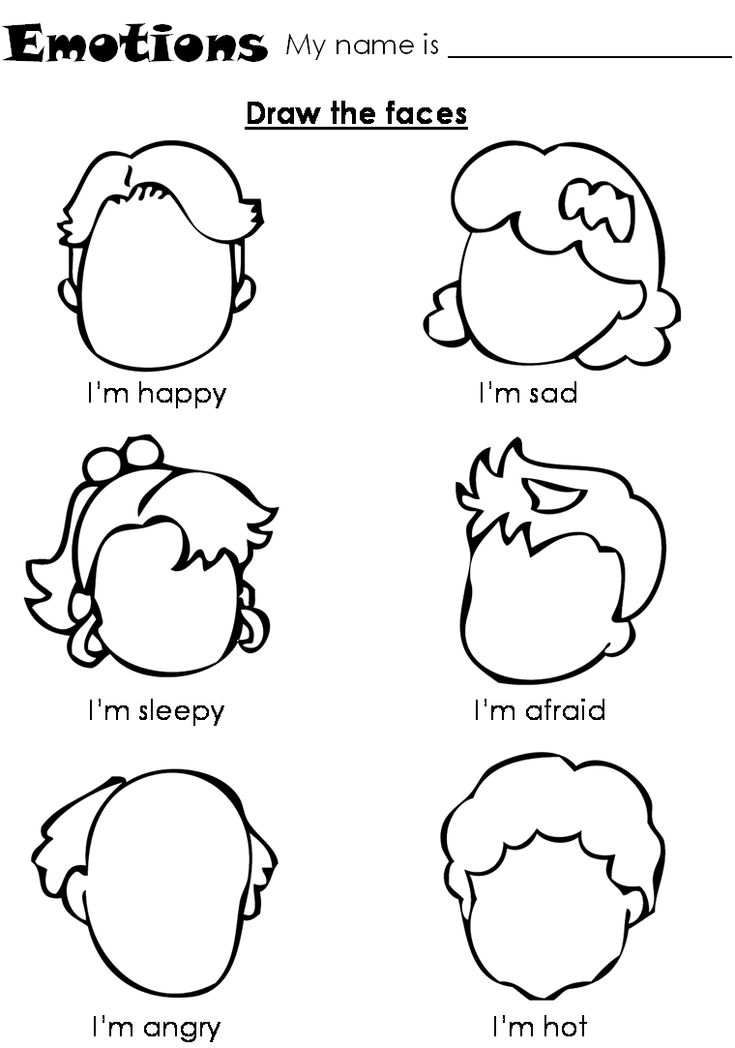 Form sentences correctly when talking to your child about color. nine0003
Form sentences correctly when talking to your child about color. nine0003
It is not necessary to tell the baby that it is a yellow balloon or a blue butterfly, because he can perceive it as separate objects. It is necessary to express your thoughts correctly, because children at the beginning of their journey take everything literally. For example: here is a ball, and it is yellow. Then the child will understand that yellow is a separate distinguishing feature of a particular object, and the “yellow ball” is a separate object.
In addition, it is necessary to draw parallels with other subjects. For example, here is a yellow ball, but the chicken is yellow too. So he will quickly learn to distinguish the richness of the color palette. Also, many parents are concerned about when a child should know colors and shapes. nine0003
It is necessary to move on to acquaintance with other objects and colors gradually, because if you teach everything at once, the child will begin to get confused and will not understand where and what color.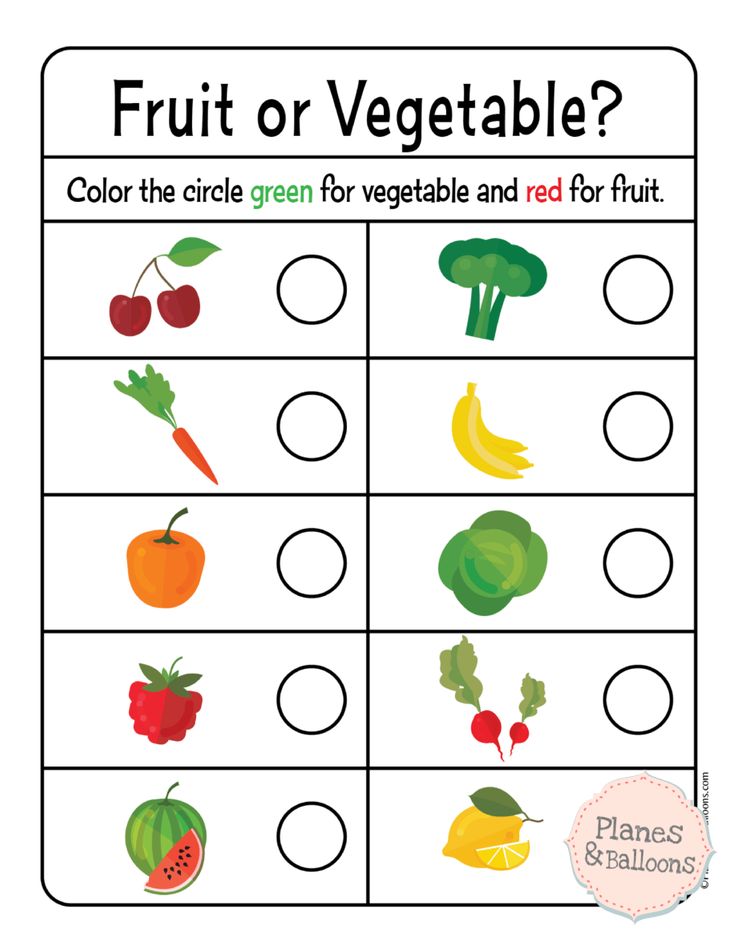 To make it easier to perceive new material, invite children to work with one color on a particular day. This can be done using the example of a rainbow. On Monday we work on the example of red, on Tuesday we study green, etc. The example of the rainbow is the most suitable, since the rainbow has 7 different colors, and there are also 7 days in the week.
To make it easier to perceive new material, invite children to work with one color on a particular day. This can be done using the example of a rainbow. On Monday we work on the example of red, on Tuesday we study green, etc. The example of the rainbow is the most suitable, since the rainbow has 7 different colors, and there are also 7 days in the week.
Everything is simple and convenient. But such exercises should be carried out only after the children learn to distinguish at least 2 colors. And if you decide that you will work on the rainbow, then for the first acquaintance with the colors, try to pick up those tones that are not in the rainbow. This is so that the child sees that these are new shades for him, and he already knows the other 2-3 colors.
Also choose dishes and utensils for eating in the same tone. But if this is not possible, then try to choose similar colors, or those that your child already knows. The same goes for books. Then teach in the calendar to make marks in a specific color.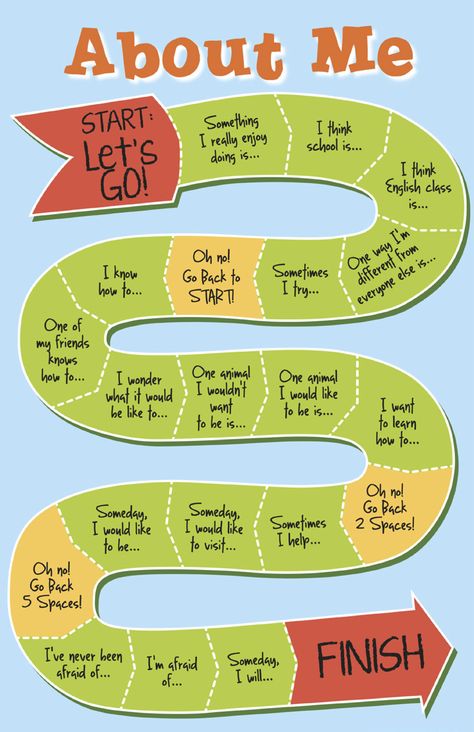 This will help you quickly orient yourself and make a study plan for a few days in advance. nine0003
This will help you quickly orient yourself and make a study plan for a few days in advance. nine0003
Special games
There are a huge number of games for the perception and discrimination of colors. All of them cannot be counted. As already mentioned, the most popular are games aimed at sorting different objects of the same shade. You can also show the child any object of the same tone and ask him to find it in the box. Also other methods:
- unfolding buttons;
- lids from homemade food boxes;
- colorful toys;
- also use your imagination to feed your toys with named sweets from objects (for example, from caps). nine0139
Blocks are also used to build towers. The tower must be of the same color. In addition, you can play the postman with your child, where he will deliver letters. Letters will be multi-colored squares made of cardboard. Each letter refers to the street with a separate color. It's like "Street of Broken Lanterns", only a children's version and without crime.
There is another option to play as a public transport driver (most often a bus, because it is easier for children to remember it). Each passenger is given a ticket of a different color. What color of the ticket, on the street of that shade, the client needs to be dropped off. nine0003
The toys can also go to a restaurant and order different dishes of the same color there. If the parents turn on the fantasy, then you can come up with anything else, there would be a desire.
You can also carve flowers, birds, plants and animals. You can also make other crafts from cardboard.
Another important aspect in learning colors can be creativity. It, like nothing else, develops the ability to memorize colors.
The easiest way to be creative is to draw. To begin with, parents buy their children a sketchbook and a set of pencils. In the process, give the children small tasks. For example, draw a tower, a house or a cup. You can draw whatever comes to mind. Then look at the results of the experiment.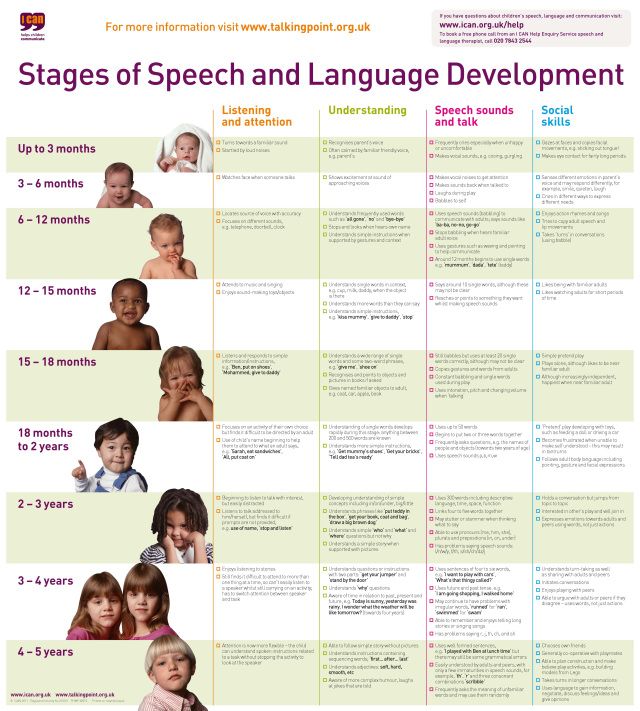 So you will see what colors the baby prefers, and also notice how correctly he depicts the world around him. nine0003
So you will see what colors the baby prefers, and also notice how correctly he depicts the world around him. nine0003
You also need to teach the child how to use paints, and show how you can get 1 new color from two colors. Your child will spend several hours a day on this entertaining activity.
At what age should a child know colors
Every parent should understand that a child can already begin to distinguish colors from the moment he just started talking. Therefore, you should not hesitate, but immediately, as your child was taught to speak, you need to start studying shades with him. This is an important aspect that parents should pay attention to even at preschool age. After all, if it is too late to teach a child to distinguish colors, then he can confuse them for a very long time and even get lost in space. nine0003
2 years. At this age, colors and shapes are familiar to him. If your baby remembers more slowly than his peers, you should not get depressed, because everything has its time.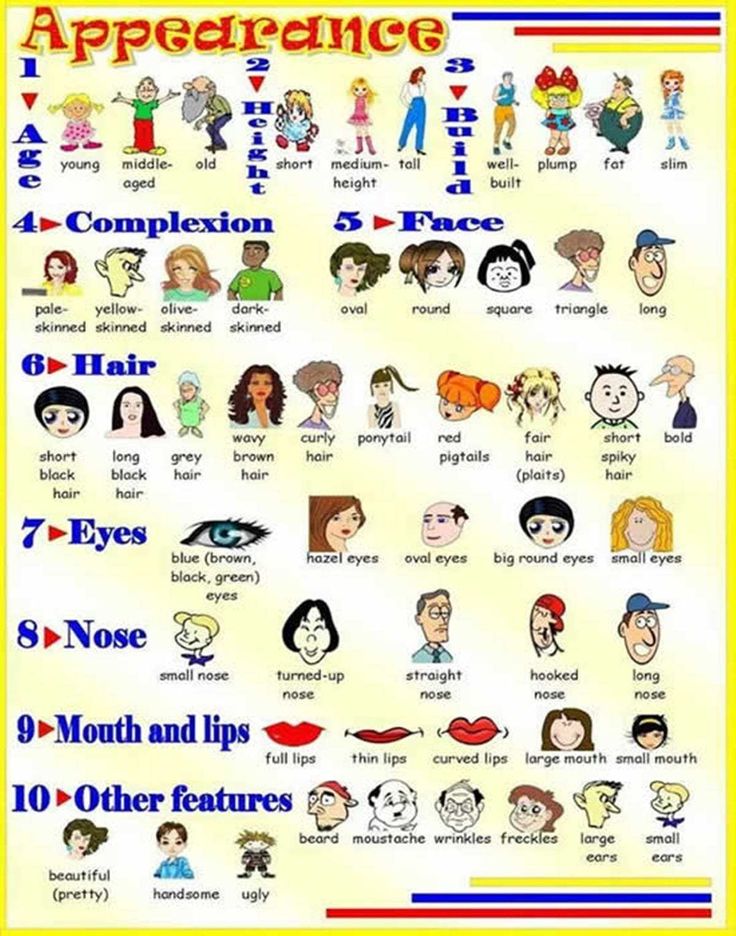 The most important thing is that he distinguishes the shapes of the main figures, then it will be easier with colors. He must first learn to distinguish between diamonds, squares, triangles and circles. So, what colors should you know at two years old? Children should be able to distinguish and recognize the following colors:
The most important thing is that he distinguishes the shapes of the main figures, then it will be easier with colors. He must first learn to distinguish between diamonds, squares, triangles and circles. So, what colors should you know at two years old? Children should be able to distinguish and recognize the following colors:
- red;
- yellow;
- green; nine0139
- white;
- blue.
If everything goes well, you can show pink, orange and purple.
Preschool
At what age should a child learn colors? As a rule, preschool age falls on the period from 5 to 7 years. Someone goes to school already at 5, and someone only at 7. But even at the age of 5, a preschooler is able to distinguish 2-3 shades of colors he knows. For example, dark green or light green.
At the age of 6, a preschooler progresses even more and easily distinguishes shades, and maybe also objects. For example, dark red cherry and light blue t-shirt.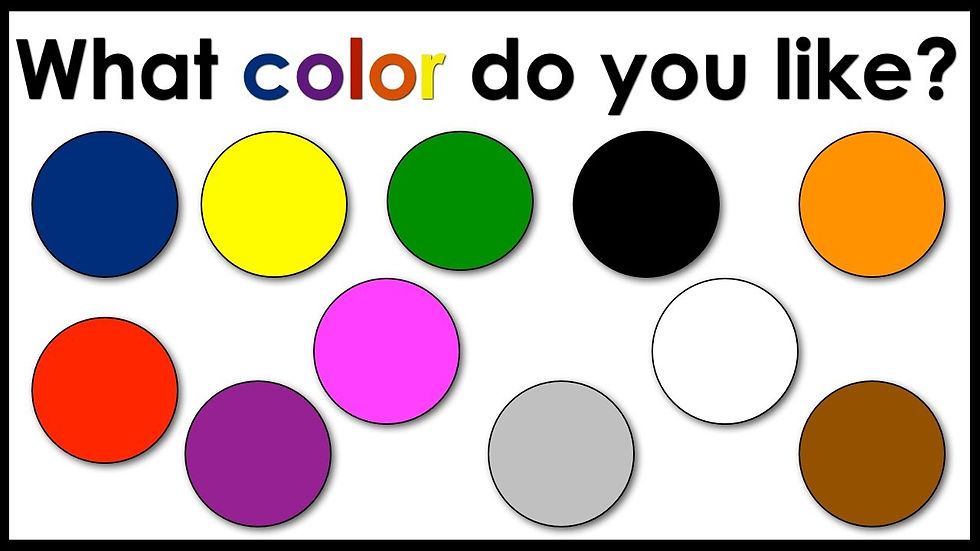 nine0003
nine0003
The list of flower names that a preschooler should know is as follows:
- lettuce;
- raspberry;
- turquoise;
- lemon;
- lilac.
At the age of 6, a preschooler already knows cold and warm colors, as well as their shades.
Many parents are concerned about the important question of what colors children should know at 7 years old. The answer is obvious: they must know and distinguish all the colors of the rainbow, as well as other primary colors and their shades. In addition, they need to be taught to distinguish between cold and warm colors (as indicated in the previous paragraph). They should also be able to obtain new tones by mixing paints. For example, after mixing green and red, you should get blue. nine0003
Output
This article describes the age at which a child should know colors. The sooner the baby is taught to distinguish between them, the faster he adapts to society. From the moment the child begins to speak, he must be immediately accustomed to the study of basic tones.